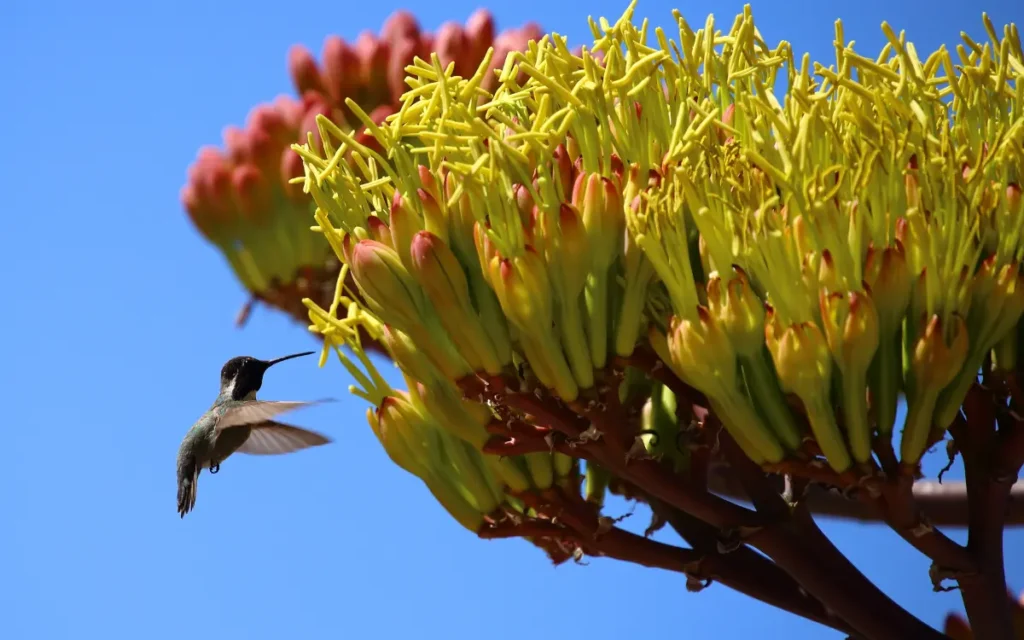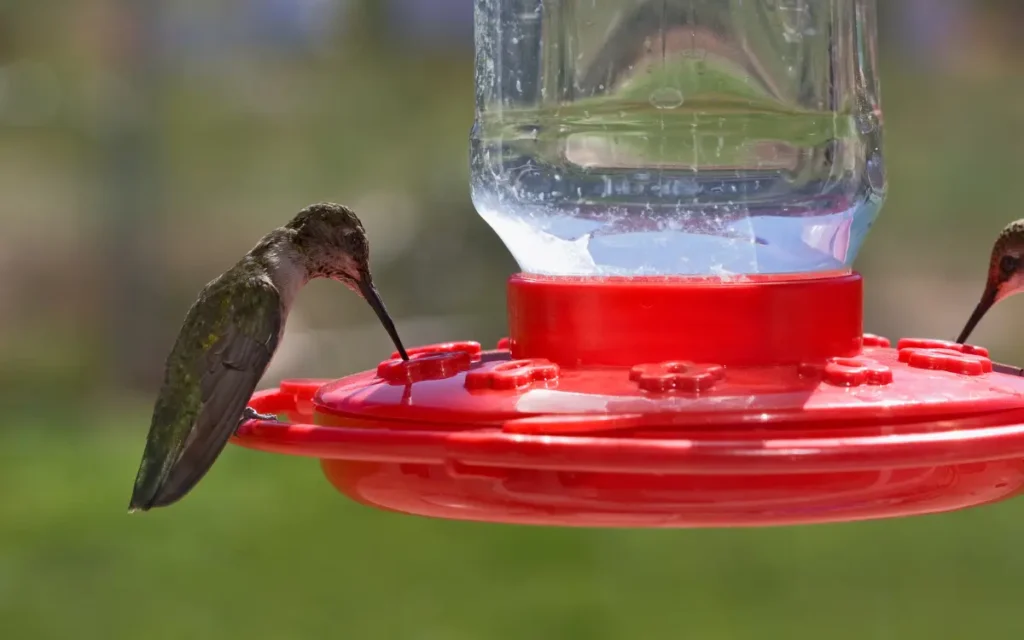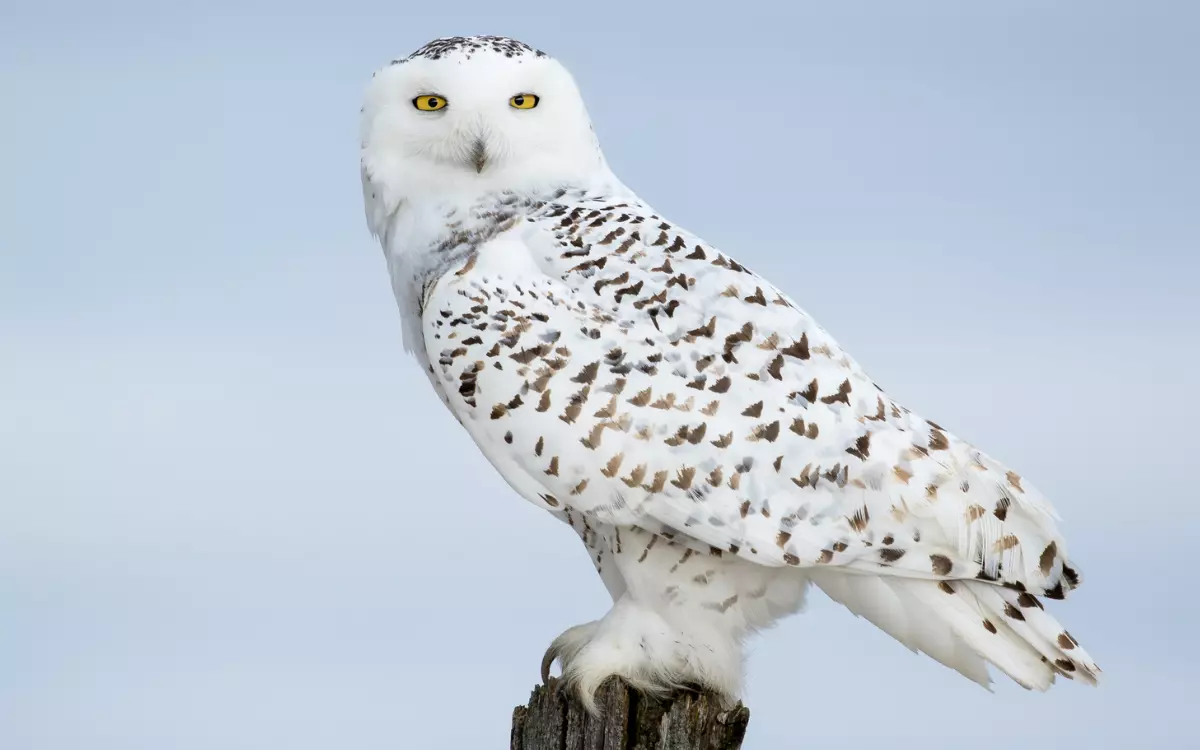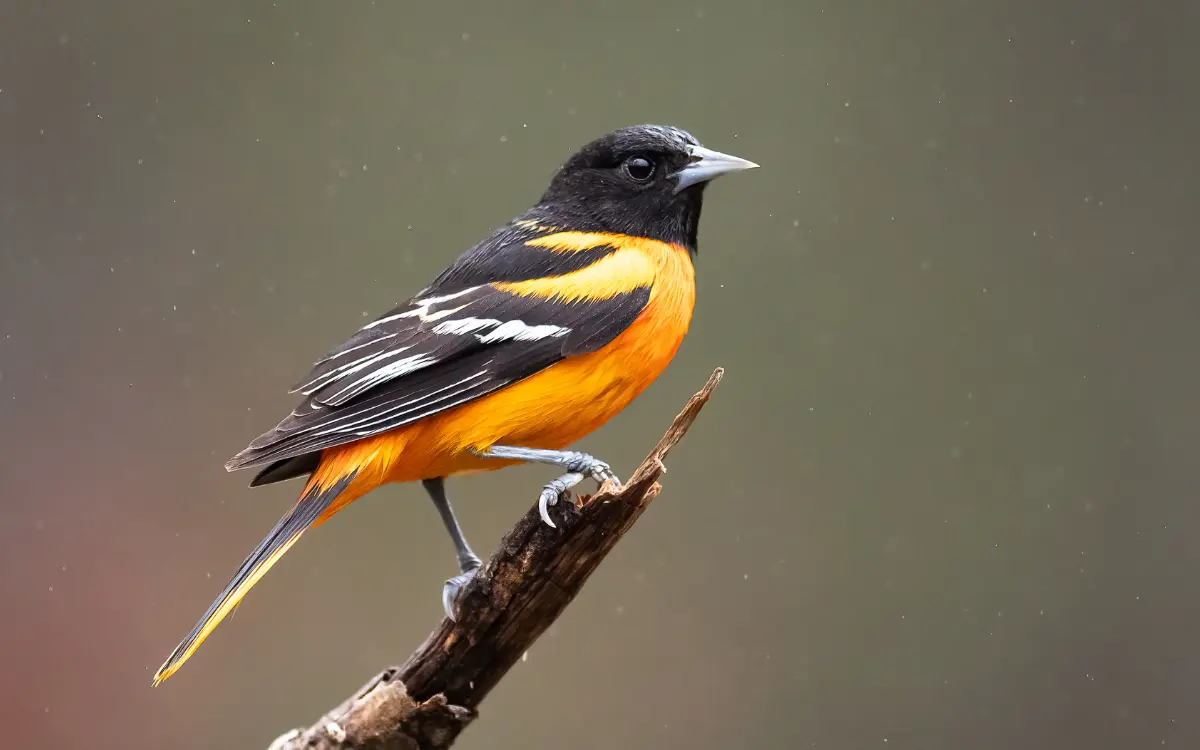how to attract hummingbird to your backyard?(15 Simple Tips)
Hummingbirds are tiny, fast, and absolutely magical to watch. If you’d love to see more of them in your backyard or even on your apartment balcony, this guide is for you. Hummingbirds are drawn to bright colors, sweet nectar, and safe spaces to rest. Whether you have a large garden or a small outdoor nook, these tips will help you bring hummingbirds right to your window.

1. Use Red and Orange in Your Garden
Bright colors like red and orange naturally attract hummingbirds. Choose flowers, feeders, or even garden decorations in these colors to grab their attention quickly.
2. Plant Flowers Full of Nectar
Hummingbirds love flowers like bee balm, salvia, trumpet vine, and coral honeysuckle. These blooms have the right shape and are full of energy-boosting nectar.
3. Design a Garden with Layers
Try mixing low plants, bushes, and small trees. Hummingbirds feel safer in gardens with different levels where they can perch and hide when needed.
4. Offer Homemade Nectar in a Clean Feeder
Make nectar by mixing 1 part white sugar with 4 parts water. No red dye! Change it every couple of days and rinse the feeder often to keep it fresh and safe.
5. Add a Misting Fountain or Dripper
Hummingbirds love to bathe, but they don’t use regular bird baths. A soft mist, drip, or bubbling fountain is perfect for them to fly through and stay cool.
6. Pick Feeders That Are Easy to Use and Clean
Choose feeders with bee guards, ant moats, and simple parts you can take apart for cleaning. Some birds like perches, while others are fine hovering.
7. Hang Feeders at the Right Spot
Place feeders 4–6 feet off the ground and near flowers. Shade helps the nectar stay fresh longer. Try to keep them away from windows so birds don’t bump into the glass.

8. Grow Balcony-Friendly Plants
Even if you don’t have a yard, hanging baskets and railing planters can be full of blooms like zinnias and nasturtiums. Hummingbirds will visit wherever they find flowers.
9. Skip the Pesticides
Avoid using chemicals in your garden. Pesticides can harm hummingbirds or kill the tiny insects they eat for protein.
10. Attract Insects They Can Eat
Yes, hummingbirds love nectar—but they also need bugs! Let some herbs like dill or fennel flower, and don’t worry if you spot a spider web or two.
11. Add Nesting-Friendly Shrubs
Hummingbirds build tiny nests. Shrubs and small trees like elderberry or serviceberry offer great spots to raise their chicks safely.
12. Keep Cats Away from Feeding Areas
Outdoor cats are a big danger to hummingbirds. Keep cats indoors or create safe zones away from where birds feed or nest.
13. Change Nectar Often
In warm weather, nectar can spoil fast. Change it every 1–2 days when it’s hot, and every 3–5 days when it’s cooler.
14. Try Shiny Garden Decor
Hummingbirds are curious. Mirrors, shiny wind spinners, or glass garden stakes can reflect light and help guide birds to your flowers or feeders.
15. Be Patient and Keep Things Consistent
Hummingbirds need time to find your space. Keep your setup clean and blooming. Once they discover it, they’ll likely return again and again.
FAQs
What is the best time of day to attract hummingbirds?
Morning and late afternoon are usually best, when birds are feeding more often.
How long does it take for hummingbirds to show up?
It could be a few days to a couple of weeks, depending on where you live and what’s available nearby.
Do hummingbirds like all colors?
They prefer reds, oranges, and bright pinks. They’re less interested in blues or greens.
Can I still attract hummingbirds if I live in an apartment?
Yes! A few plants and a small hanging feeder are all you need to invite them in.
How do I keep bees or ants off my feeder?
Use bee guards, ant moats, and clean up any spills. Avoid feeders with yellow parts, as they can attract bees.






